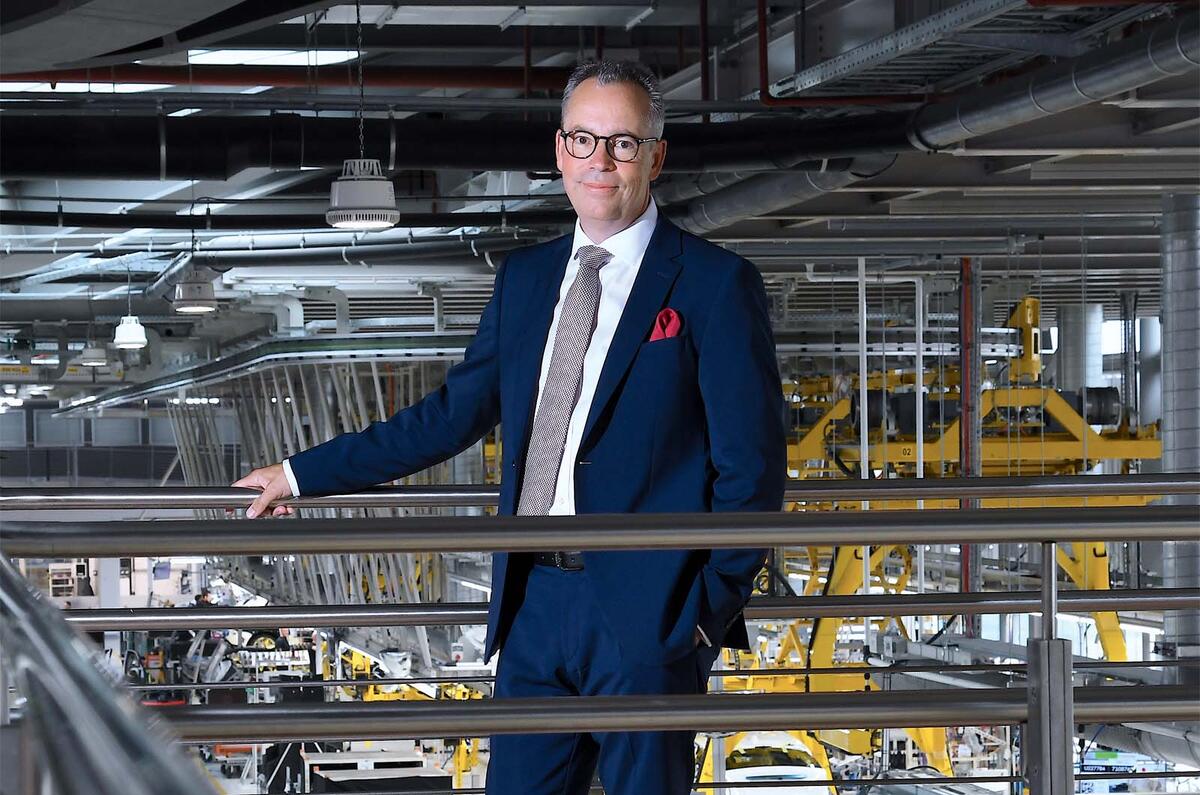Chris Brownridge, CEO of Rolls-Royce Motor Cars for the past nine months, grew up in Hong Kong during an era when the then British colony had even more Flying Ladies per square mile than London’s Park Lane.
Despite this, until December last year Brownridge’s professional automotive connection was entirely with BMW’s more affordable brands. He started working with the German company straight from Exeter University in 1994, while it still owned Rover.
Brownridge says his earliest job was dealing with Land Rover customers’ enquiries over the phone, which he describes without irony as “a great place to start”.
Our hour-long meeting in Rolls-Royce’s sumptuous Goodwood headquarters has barely begun but already I’m forming an impression of the new CEO’s penchant for diplomacy.
“When I was younger, I mostly admired Rolls-Royce from afar,” says Brownridge, when I ask about his previous connections with the marque.
“There were some Rolls-Royces in my in-laws’ family, and my wife and I used a Jack Barclay demonstrator as our wedding car. But I wouldn’t say I had any close contact. However, as an avid car guy, I definitely admired what they did with Phantom when it reappeared in 2003. It seemed a perfect interpretation of what a Rolls-Royce should be.”
People who know him say Brownridge’s rise through the BMW ranks was rapid and relentless but in conversation he rattles almost casually through a variety of increasingly senior roles in marketing, sales and comms, pausing only at product planning and strategy (“one of my favourite roles because I’ve always been fascinated by the cars”).
One big success was his management of BMW’s sponsorship of the 2012 London Olympics. BMW promised the London authorities a car fleet that would average 120g/km of CO2 but it returned 116g/km, an impressive achievement.













Add your comment